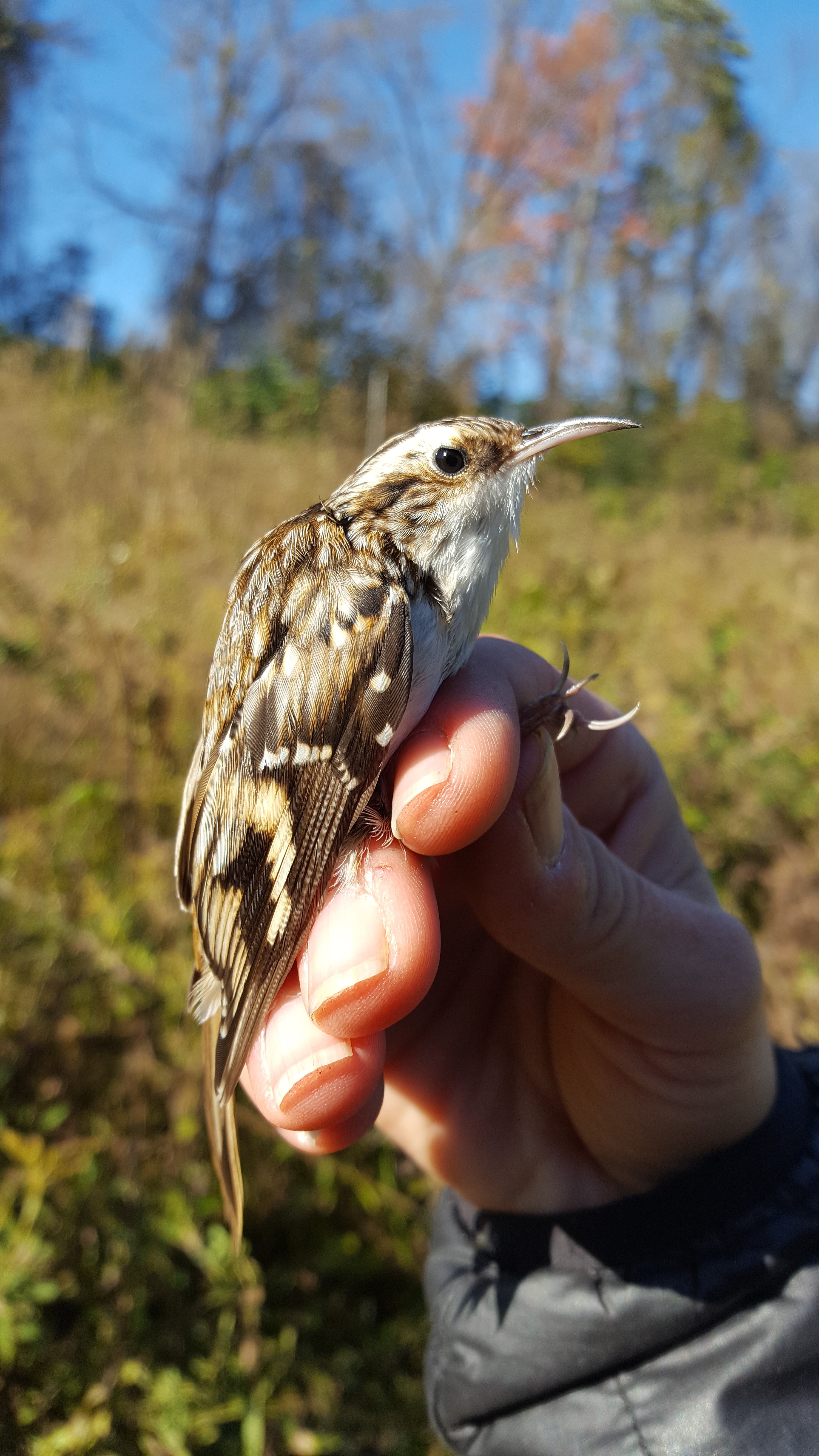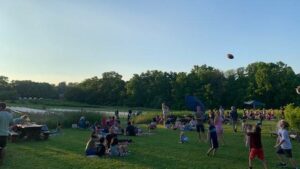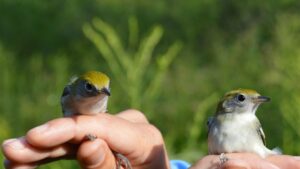









All in all, it was an extraordinary season, thanks to an exceptional team of licensed banders, ornithologists, volunteers, visitors, students, photographers, and bird lovers. The grand total was 1,010 new birds and 162 recaps of our own. We’ll be out there again next spring, for the love of birds.
There’s a heck of a lot going on in the woods,
Blake

P.S. Stay tuned for a special owl report coming to a blog near you.

















































































